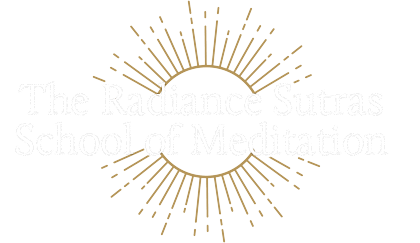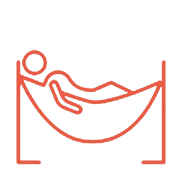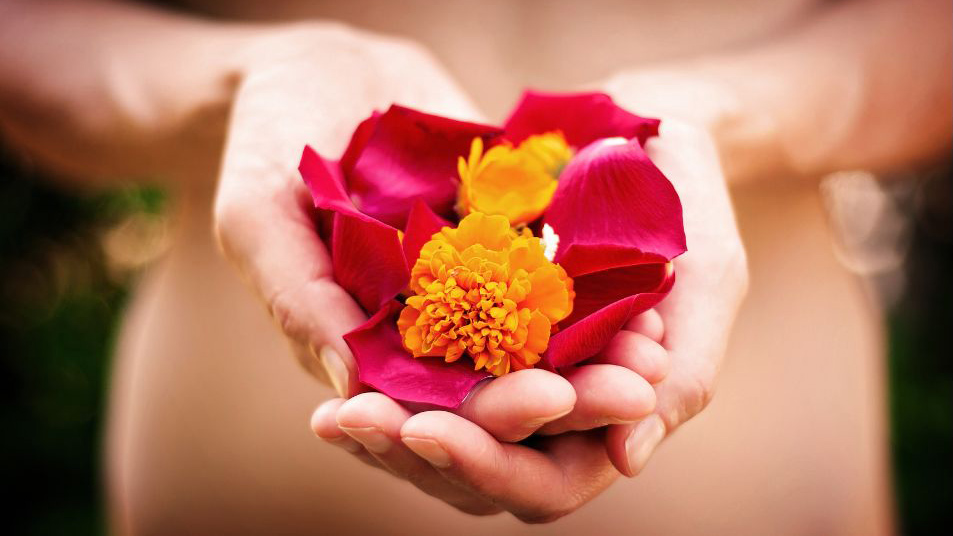About Instinctive Meditation
What Is Instinctive Meditation?
Allow Freedom Into Your Meditation
Meditation is Natural
Meditation That Works
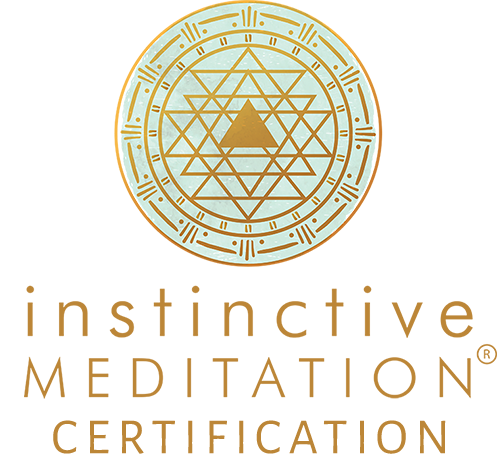
There is no one meditation technique that works for everyone. The Instinctive Meditation® approach is designed to show you how to access new doorways to meditation, so that you can discover a rich, rewarding meditation practice for yourself.
This approach relies on your instinctive knowing, so that you can safely practice meditation without being dependent upon gurus, systems, or external authorities.
Basic Meditation Techniques That We Teach
Instinctive Meditation approach was informed by the yoga tradition as represented in the Vijnana Bhairava Tantra. This is a classic yoga meditation text from around 800 AD which has been put into fresh language by Dr. Lorin Roche as The Radiance Sutras. The text describes 112 different doorways into meditative experience: breathing, subtle motion, mantras, music, dancing, eating, sex, wandering in nature to the point of exhaustion, gazing out at space, being scared, being in brilliant sunlight, being in total darkness, and so on. All these doorways into meditative experience happen spontaneously in daily life, and also can be cultivated. From this wealth and variety of approaches, any individual can find what works for them.
For beginners, we teach several meditation techniques.
Here we only list the four very basic ones that have been found to be nearly universal:
- Subtle motion and mudra
- Gratitude for breathing
- Gazing with eyes wide open, particularly at nature
- Listening inwardly to sounds or mantras
Key Principles of Instinctive Meditation
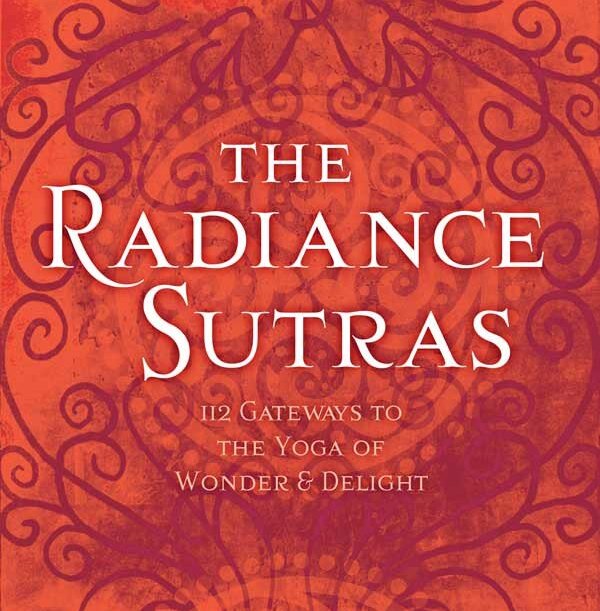
1. Your Body Loves to Meditate
The Radiance Sutras® approach utilizes 112 different doorways into meditation. Let’s find yours!
Meditation is a completely natural and instinctive capacity of the human body and everyone can do it.
Physiologically, meditation is the mirror opposite of the stress response and a way to quickly recover from exhaustion. When a person begins to meditate, within a couple of minutes the entire body shifts into what is called parasympathetic activation. Breathing slows, brain waves change toward relaxed alertness, blood flow becomes stable, muscular tension decreases, and stress hormones are washed out of the bloodstream. Even beginning meditators who practice simple techniques enter a state of restfulness deeper than sleep in about three minutes.
It makes sense that nature would equip us with a powerful way of recovering from stress by paying attention to our breathing. Both stress and meditation are aspects of our survival instincts that help us adapt to environmental challenges.

2. Be Intimate With Yourself
Find out how to bust old repressive rules and ideals. Tap into your innate, essential nature in freedom and joy.
Meditation is a skill set to dare to be with what you love, to being in love with life.
Meditation can be a profound support for intimacy with yourself, with life, and with the cosmos. Instinctive Meditation is a Path of Intimacy. We cultivate loving awareness in our inner and outer worlds – a wide-open embrace of all of who we are.
The purpose of meditation is to prepare us for life because it gives us back a higher quality of living. The challenge of meditation is always finding what works for you. Your particular you – your preferences. Thus, we each have to find our individual way of being in meditation.

3. Celebrate Your Senses
Discover the power of subtle movement meditation, intrinsic mudra, and embodied energy practices.
Meditation is a love relationship between your body and infinity, and it's sensual. Human beings have more than a dozen senses, and they are all essential aspects of a healthy approach to meditation.
When we welcome a breath, we engage our senses of touch, hearing, balance, smell, and taste. When we meditate on the chakras, we use our senses of inner touch, inner vision, and motion. When we meditate on a mantra, we use our inner hearing and touch and vision. Other senses come and go to add texture.
Senses bring us into the present moment. It is only in the present moment that we can truly receive life’s gifts.

4. Trust Your Instincts
Learn how to recognize and honor your instincts.
Honor your instincts – the self-healing, self-evolving, innate impulses of life that guide us to what we need for healthy balance. Through our instincts, we know our relationship to the earth and to the universe.
All the instincts have their place in meditative experience: homing, bonding, mating, nesting, hunting, gathering, exploring, migrating, and so on. The instincts of biology correlate loosely with the chakra system of yoga. All the urges are honored as part of the energy flow of the body.

5. Get Into Rhythm and Flow
A skilled meditation teacher learns how to cooperate with the student’s inner nature, not suppress it.
Meditation is paying tender attention to the rhythms of life. Breathing is a rhythm, the heart is a rhythm, and life’s energies continually circulate through our bodies. This tender attention can be called mindfulness, heartfulness, or sense-full-ness, for we attend with our whole being: heart, mind, and senses.
Multiple worlds of rhythm pulsate in and around us continually – within our bodies, in the larger field of Nature, and in the social contexts we inhabit. In Instinctive Meditation, we explore the art of surrendering to the many rhythms at play in the moment. We learn to recognize, appreciate, and flow with this dance of energy that we are. We learn to structure a meditation practice so that it feels spontaneous and natural.

6. Elemental Adaptability - Earth, Air, Water, Fire, Space
Learn the skill of engaging and balancing the elemental qualities within us.
The elements or tattvas are the field in which the senses and instincts play. Each element – earth, air, water, fire, space – feeds us, delights us, sustains us, purifies us, and inspires us. This is the Tattva Mandala.
In meditation, we receive from the elements, these primordial qualities of life that teach us about what we need for healthy balance and joyous intimacy with the natural world.
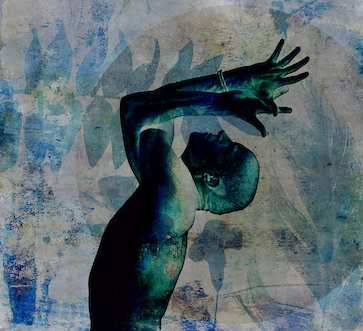
7. Embracing Desire
Skill in meditation includes accepting the gift and revelation of desire and emotion, and the ability to ride that motion into essence.
The senses, instincts and elements play through our bodies in impulses we call Desires. Skill in meditation includes accepting the gift and revelation of desire and emotion, and the ability to ride the motion into essence. This is the Kama Mandala, the rich mosaic of desiring energy-impulses continually streaming through the body.
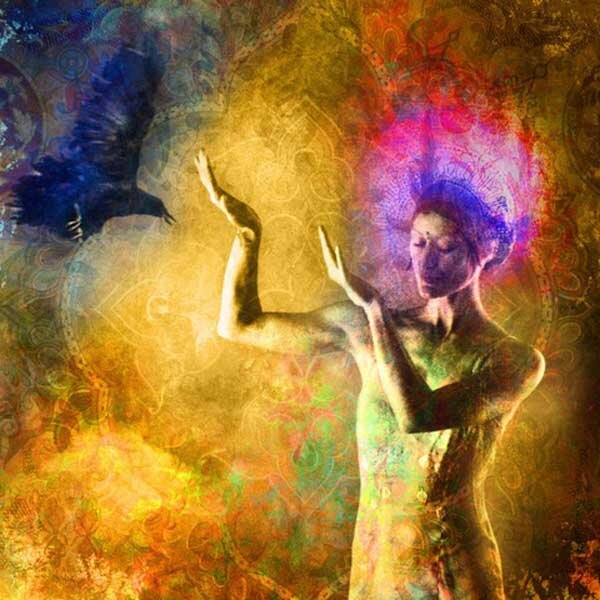
8. The Dance of Emotion
Learn to dance with the full spectrum of emotions that make up a large part of everyone’s meditative experience moment-by-moment.
To meditate effortlessly one needs to learn how to dance with the full spectrum of emotions that make up a large part of everyone’s meditative experience moment-by-moment. This is one of the biggest challenges meditators face. For full vitality, mental and physical and spiritual health, it is essential to learn how to engage with the wild and peaceful motions of emotions. Discover the secret gifts within emotion.

9. Wild Serenity
Practice the high art of transforming energies into creativity and freedom.

10. Bringing Meditation to the World
Cultivate the new evolutionary language of meditation.

How Was the Instinctive Meditation Approach Created?
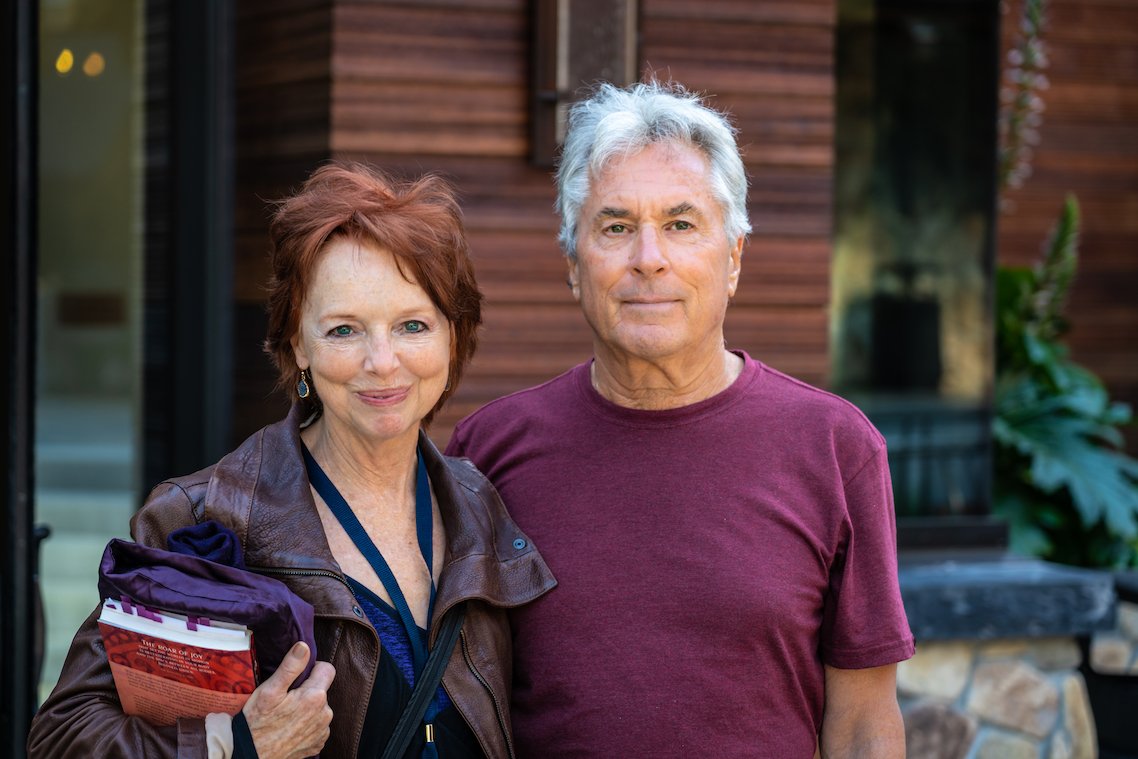
Instinctive Meditation® was developed by Dr. Lorin Roche and Camille Maurine. It represents the coming together of different streams of knowledge and practice.
1. Scientific Research
One stream is the scientific research on meditation that have proven that meditation is an effective and powerful way of evoking a recovery state of the body and mind, in which the entire system shifts into the mirror opposite of the stress response. We could call it the rest-relax-recover-recharge-reorient response.
It makes sense that nature would equip us with a quick way of recovering from the exhaustion and unbalancing effects of stress. This has survival value. Our approach is that meditation is a natural human instinct, part of our self-regulation, survival and adaptation mechanisms. Meditation is a way for the body-mind system to recover from stress and exhaustion and get ready to cope.
2. Vijnana Bhairava Tantra
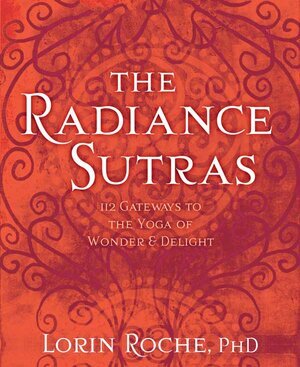
Another stream of knowledge and practice informing Instinctive Meditation is the yoga tradition as represented in the Vijnana Bhairava Tantra. This is a classic yoga meditation text from around 800 AD which has been put into fresh language by Dr. Lorin Roche as The Radiance Sutras. The text describes 112 different doorways into meditative experience: breathing, subtle motion, mantras, music, dancing, eating, sex, wandering in nature to the point of exhaustion, gazing out at space, being scared, being in brilliant sunlight, being in total darkness, and so on. All these doorways into meditative experience are here to be encountered in daily life and happen spontaneously, and also can be cultivated. From this wealth and variety of approaches, any individual can find what works for them.
3. Movement
The third stream of knowledge comes from Camille Maurine's unique approach to inner exploration and creativity that integrates the fields of meditation, yoga, dance, and theater. A dancer versed in the performing and healing arts, she is the creator of kinAesthetics dance yoga and Moving Theater, a transformative creative process.
After she started meditating in 1972, Camille became fascinated with the internal dimensions of movement, eventually teaching meditation and body awareness in the context of her dance classes. Her own inner journey led her to a profound inquiry into psychological, physical, and spiritual health, and to training in the healing arts. Her experience includes five decades of yoga, twelve years as a practitioner of Essential Integration body therapy (1977-1989), and Continuum movement since 1983. She has delved into the practices of many traditions, including Transcendental Meditation, Zen, and Tibetan Buddhism. The devoted study of Jungian depth psychology and dreamwork also richly informs her work.
4. 50+ Years of Teaching
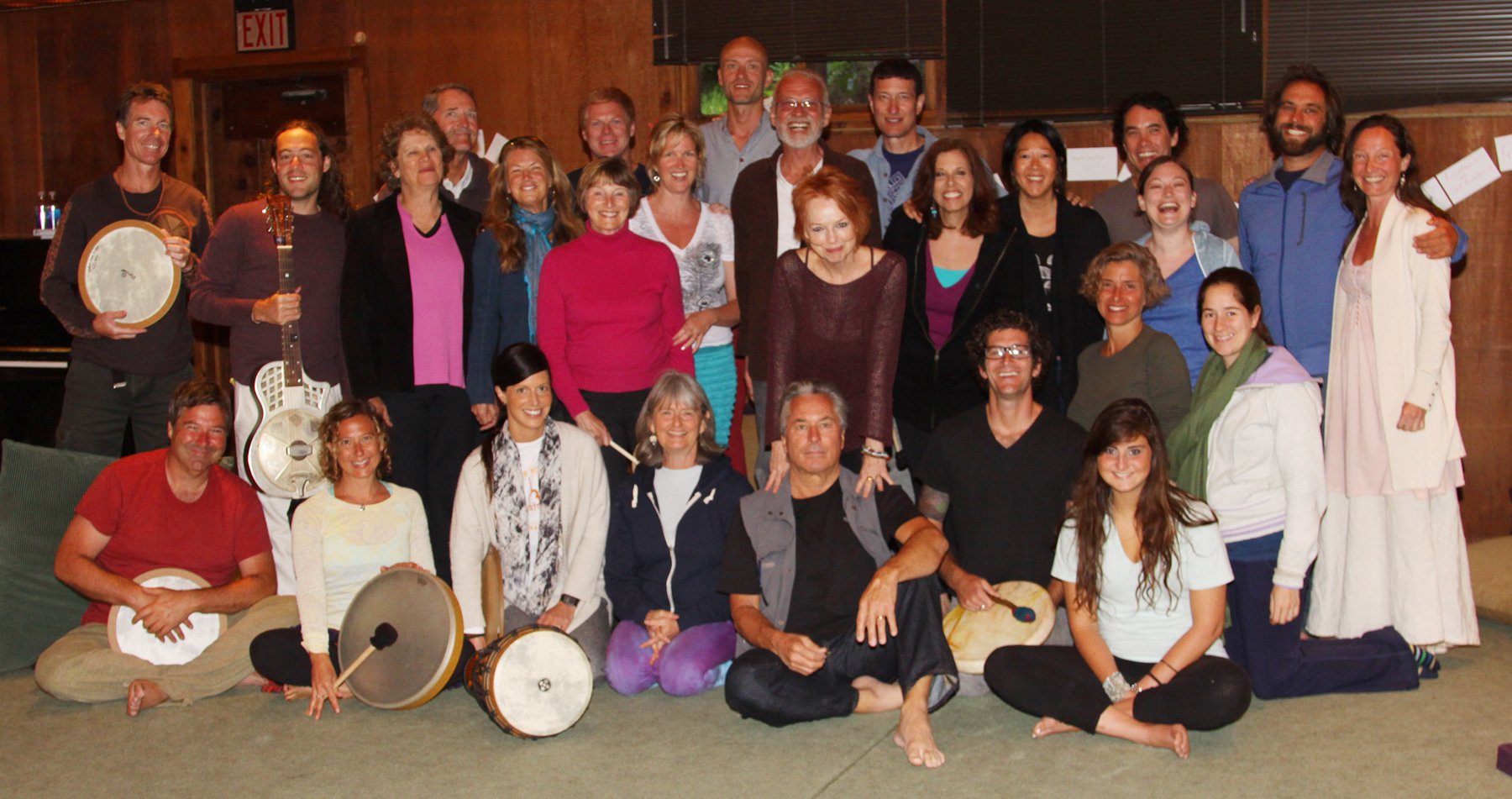
Lastly, this approach is based on Lorin and Camille’s experience of teaching meditation over the last 50 years, working with tens of thousands of individuals. We have been working with complete beginners of every conceivable walk of life, as well as meditation teachers who have come for coaching to evolve their own practice, or to find out what is wrong.

